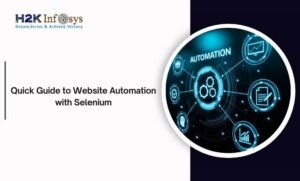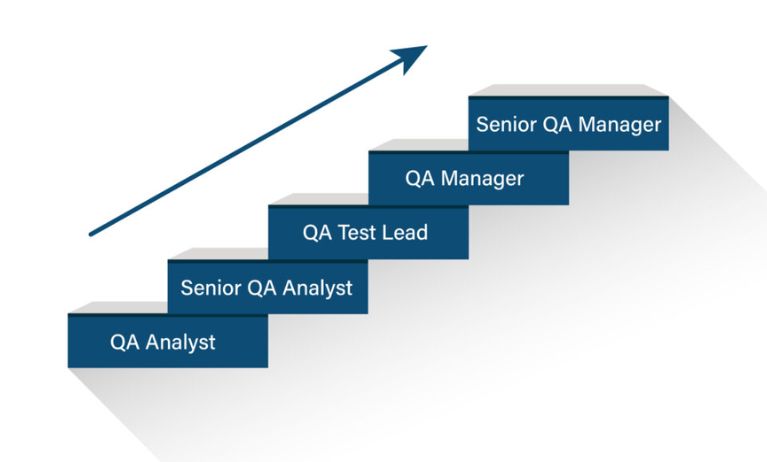To effectively manage and streamline their sales operations, businesses in the modern business climate rely on powerful customer relationship management (CRM) solutions. Businesses can manage their customer connections, sales pipelines, and general business operations more efficiently thanks to Salesforce, a top CRM software. However, in order to guarantee the flawless operation of Salesforce apps, thorough testing becomes essential. It might be challenging to know where to begin when there are so many different sorts of Salesforce testing accessible. You can check out the Salesforce training to learn more.
What does Salesforce Testing Entail?
To ensure dependability and efficiency, Salesforce testing examines the application’s functionality, performance, and security. It entails running a number of tests to find and fix any flaws or problems that could impair the functionality of the CRM system. Functional, integration, performance, security, and regression testing are all included in Salesforce testing.
Salesforce testing attempts to give clients a productive and dependable user experience to ensure their pleasure in their dealings with your company. Companies must employ powerful tools that enable them to make wise selections when it comes time to enhance their goods or services if they are to succeed in achieving this goal.
The Importance of Testing Salesforce Applications
Quality assurance: Extensive testing guarantees that the Salesforce application performs as intended, offering a seamless user experience and precise data management.
Bug Detection and Resolution: Testing assists in locating and resolving any flaws, bugs, or problems in the program, resulting in a stable and error-free system.
Data Integrity: Testing ensures that data stored in the Salesforce application is accurate and consistent, preventing data loss or corruption.
System Integration: Testing makes sure that Salesforce connects with other systems and apps without a hitch, facilitating efficient data interchange and automated business processes.
What are the Different Types of Salesforce Testing?
Functional Testing: The primary goal of this testing is to confirm that the Salesforce application satisfies the listed functional requirements. It entails testing the functionality of a number of aspects, including the application of business logic, workflow automation, data validation criteria, and the creation and updating of records.
Integration Testing: Salesforce and other connected systems or applications interact without hiccups thanks to integration testing. Data synchronisation, API integrations, data flows, and connectivity between Salesforce and external systems are all tested during this process.
Performance Testing: Performance testing measures the scalability, responsiveness, and stability of a Salesforce application under various load scenarios. Additionally, salesforce performance testing aids in locating performance bottlenecks like sluggish page loads, long response times, or problems with resource usage.
Security Testing: The security controls built into the Salesforce application are evaluated through security testing. It entails spotting security flaws, enforcing access restrictions, protecting data privacy, and confirming the correct use of security tools including encryption, authentication, and authorization.
Regression Testing: Regression testing is done to ensure that new updates or changes to the Salesforce application don’t negatively impact the functionality that already exists. Retesting previously tested functionality is necessary to guarantee their continuing proper operation.
User Acceptance Testing (UAT): UAT assesses the Salesforce application from the viewpoint of the end user. It entails verifying that the program provides a positive user experience, functions as predicted, and satisfies user needs.
Data Migration Testing: When transferring data to Salesforce from older systems or outside sources, testing for data migration is done. It guarantees that the data is securely and precisely sent to Salesforce without being lost or corrupted.
Mobile testing: Mobile testing examines the functionality, usability, and performance of the Salesforce application on mobile devices. It guarantees that the application is responsive, user-friendly, and offers a seamless experience on various mobile devices.
Compliance Testing: Testing for compliance makes sure the Salesforce application complies with applicable industry standards and laws. Verifying the application complies with certain legal, security, and data privacy criteria is part of this process.
Performing Salesforce Testing: A Combination of Manual and Automation Approaches
Manual Tests in Salesforce
Salesforce manual testing entails carrying out tests by hand without the use of automated methods. To perform manual testing in Salesforce, follow these essential steps:
Test Planning: Develop test objectives, test scenarios, and the test data needed for each scenario as part of the test planning process.
Test Execution: Execute the tests in accordance with the pre-established test scenarios. Compare the actual findings to the expected results manually.
Defect Reporting: If any errors or flaws are discovered during testing, report them in an organised way and include detailed instructions on how to reproduce the problem.
Testing Automation in Salesforce using Selenium
Selenium is a commonly used open-source automation tool that can be used for Salesforce automation testing.
Here are the procedures for performing Selenium-based Salesforce automation testing, complete with sample code and comprehensive instructions:
Step 1: Set up Selenium
Install the required Selenium libraries and drivers, such as WebDriver, then set up the test environment.
Step 2: Identify test scenarios
Find the test cases that can be automated. Rank them in order of importance and frequency of implementation. You could automate validation criteria, data entry forms, or log-in functions, for instance.
Step 3: Design test scripts
Use a programming language Selenium supports, such as Java, Python, or C#, to create test scripts. To communicate with Salesforce objects and elements, use locators and APIs that are particular to Salesforce.
Step 4: Execute test scripts
Run the automated test scripts, then compare the results to what was anticipated. Any mistakes or failures should be recorded for further analysis.
Conclusion Check out the free Salesforce training to learn more about Salesforce testing.





























